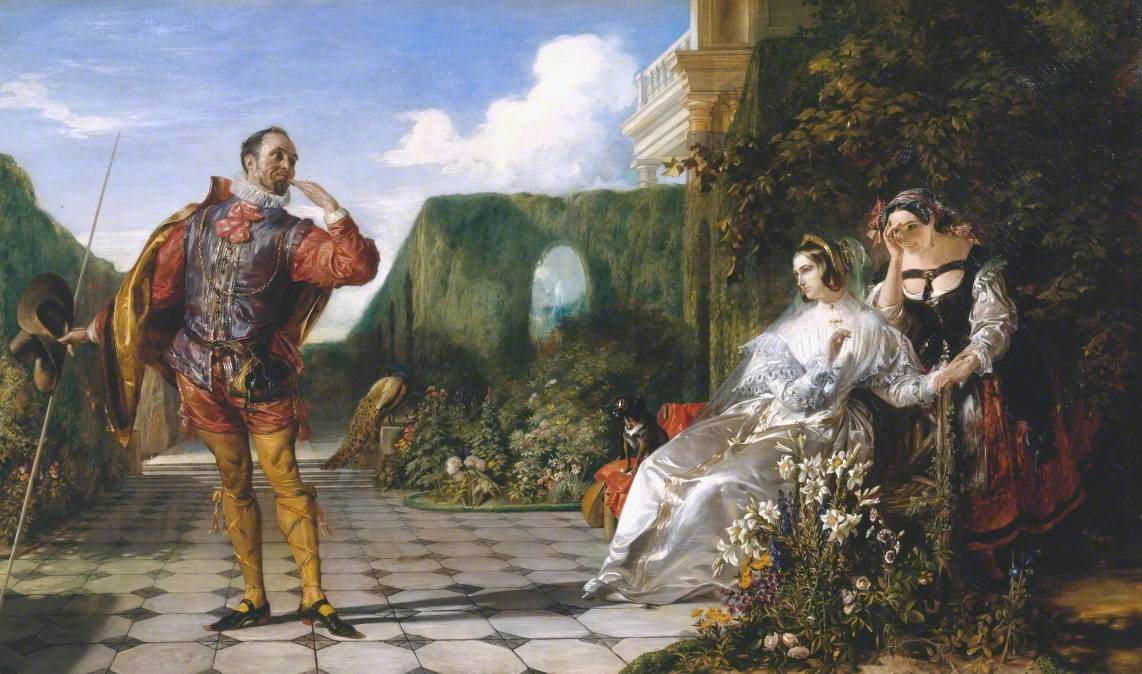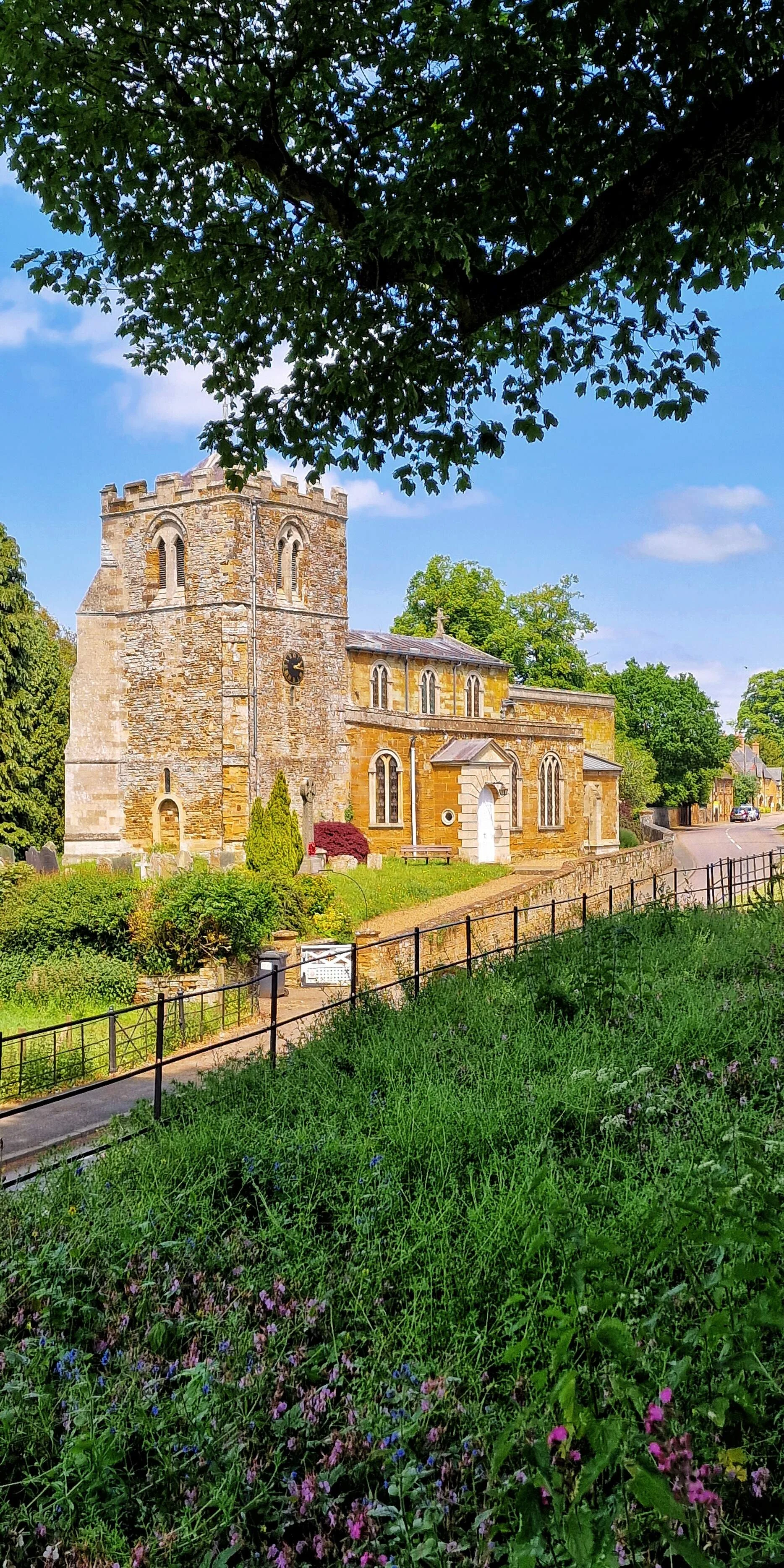Sept. 19, 2025
The Oxford Rep Company Presents Twelfth Night
BOOK A VISIT
- Ticketed event FROM £5.00

MORE ABOUT THIS LOCATION




LAMPORT HALL
Discover the High Room's ceiling crafted by William Smith, admire the first garden gnome introduced to Britain by Sir Charles Isham, and delve into the Bryan Holden Working Horse Collection.
Lamport Hall
Home to the Isham family for over 400 years, Lamport Hall is a historic country house that has evolved through centuries of architectural refinement and eccentric custodianship. Originally built in 1568 by John Isham, a successful wool merchant, the house was later expanded during Charles I’s reign. However, the present structure largely reflects the vision of Sir Justinian Isham, who in 1655 commissioned John Webb—a pupil and son-in-law of Inigo Jones—to create a grand house in the classical tradition, while Gilbert Clarke designed its gardens. Successive enhancements followed, with major rebuilding completed in 1862, solidifying Lamport’s distinctive character.
Perhaps the most eccentric chapter in Lamport’s history belongs to Sir Charles Isham, 10th Baronet, who inherited the estate in 1846. A teetotal, non-smoking advocate and staunch opponent of blood sports, Sir Charles was also an enthusiastic gardener. In 1847, he constructed a crescent-shaped rockery beside the house, using local ironstone to build a 24-foot craggy wall, a feature so elaborate it was later compared to one built for the Emperor of Austria.
By the 1850s, Sir Charles introduced Britain’s first garden gnomes, importing porcelain figures from Germany and placing them in the rockery as if hard at work mining. His daughters, however, disapproved of the gnomes and had them removed after his death in 1903. Only one—nicknamed “Lampy”—survives today, making him the oldest known garden gnome in the world, now insured for £1 million.
Throughout the 20th century, Lamport Hall saw varied use, including periods when it was let to tenants. Its fate changed in the 1950s, when Sir Gyles Isham, 12th Baronet, a former actor, inherited the estate. Recognising the house’s historical significance, he began an ambitious restoration, reviving both the house and gardens. In 1974, he opened Lamport Hall to the public for the first time, ensuring its legacy could be shared.
When Sir Gyles passed away in 1976 without heirs, he bequeathed the house and its extensive collection of art, books, and furniture to the Lamport Hall Preservation Trust, which continues to conserve and manage the estate today.
Now a protected historic site, Lamport Hall invites visitors to explore its architectural beauty, remarkable interiors, and rich collection, from William Smith’s High Room ceiling to the Bryan Holden Working Horse Collection. The estate also hosts seasonal exhibitions, events, and garden tours, ensuring that Lamport’s fascinating past remains alive and accessible.
RELATED ARTICLES
April 24, 2024, 10:33 a.m.
Established in 1568 by wool merchant John Isham and later transformed by his descendants, Lamport Hall …

